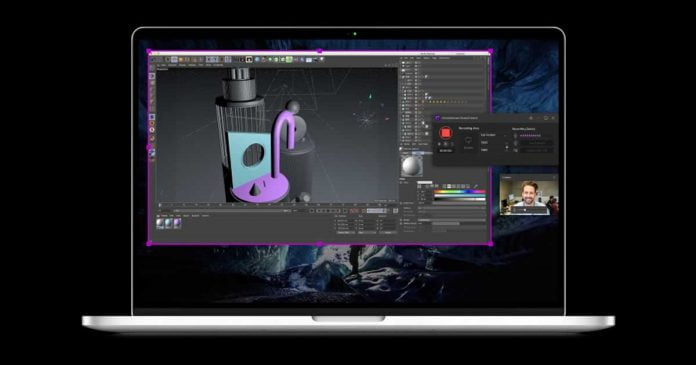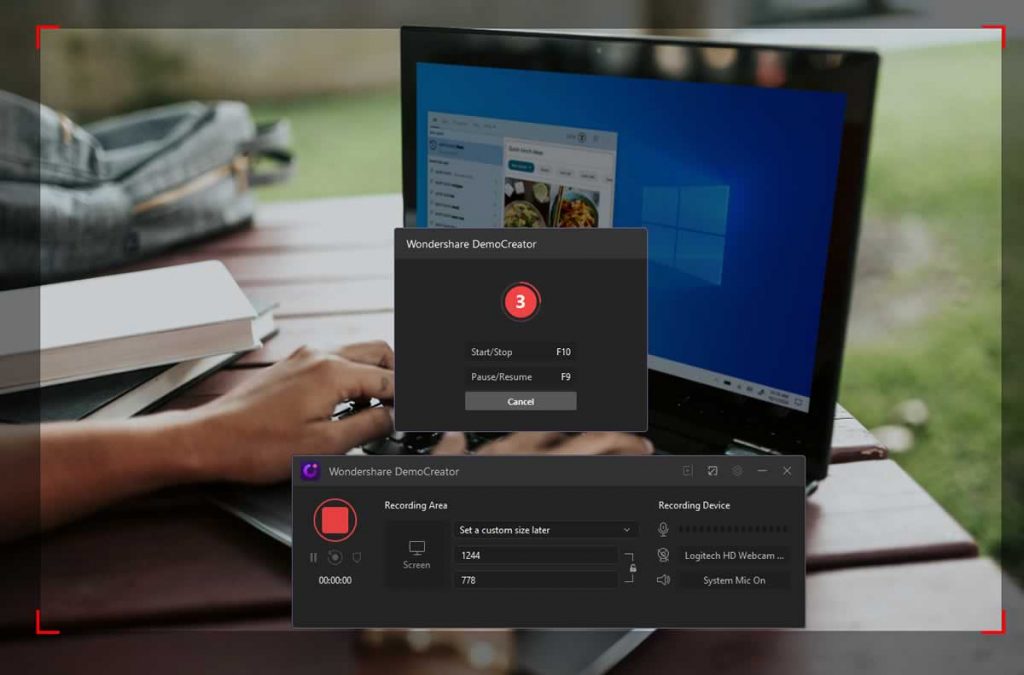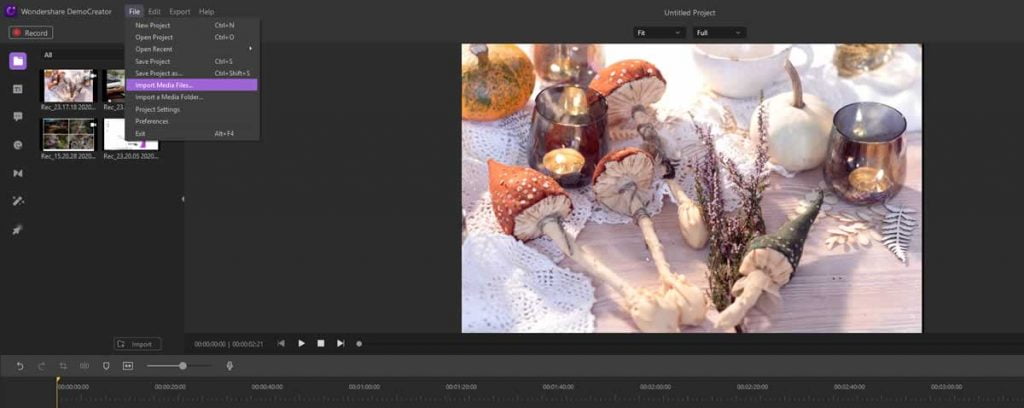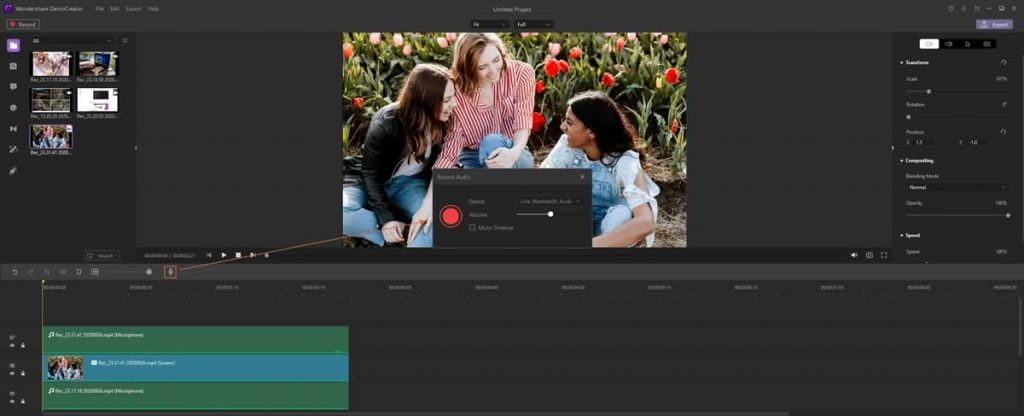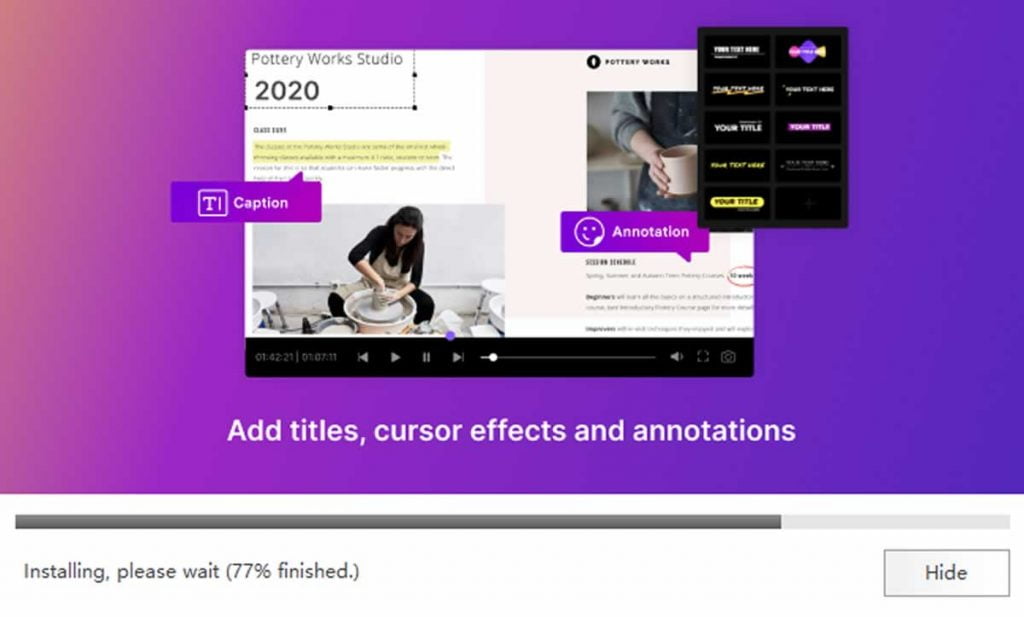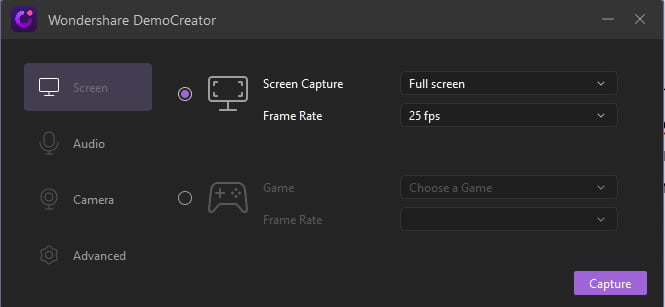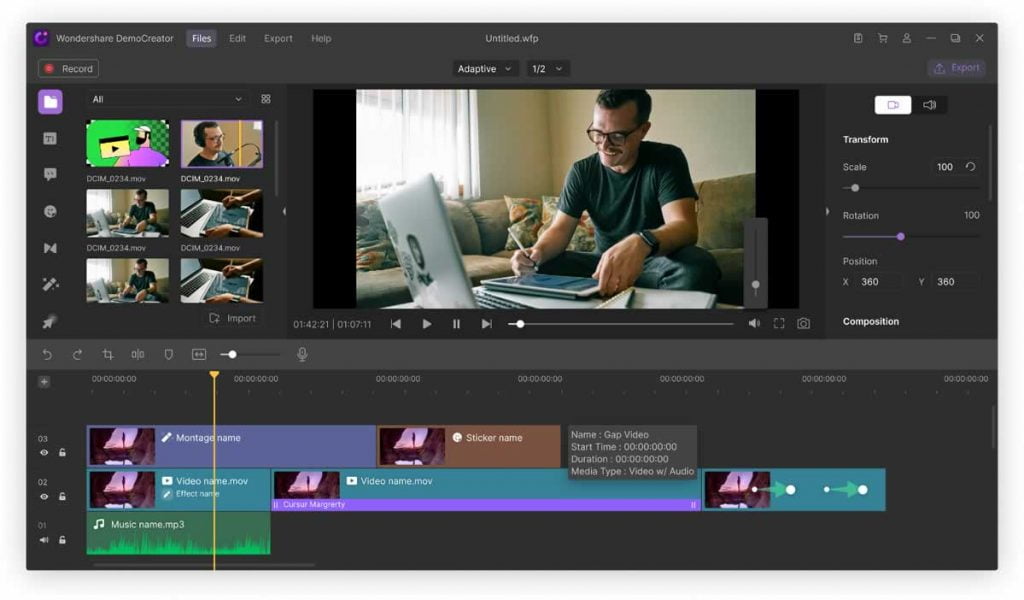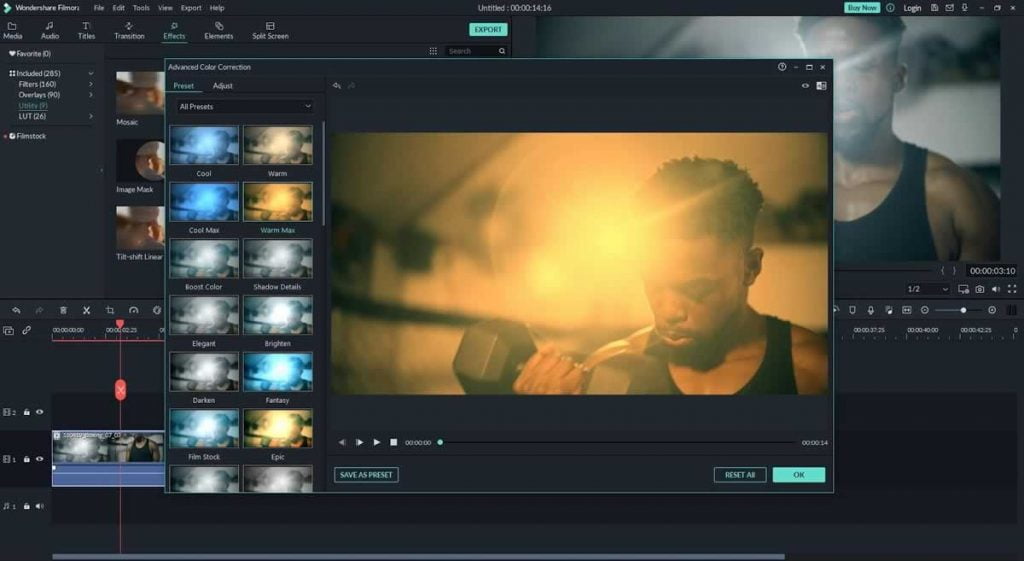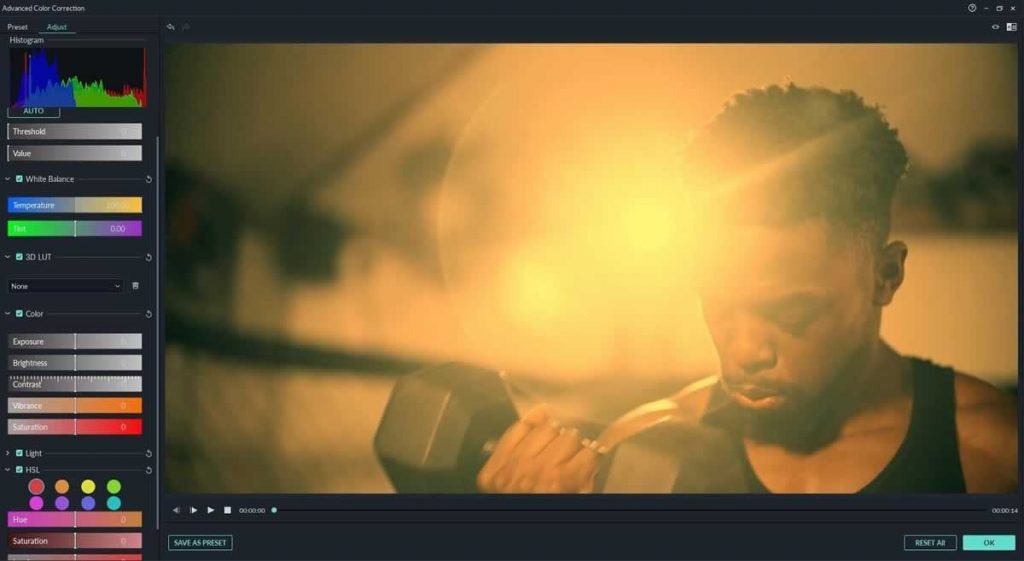Big data has become more integral to our daily lives. Its importance has become especially clear over the last couple of years.
Over 90% of the data in the world has been generated in just the last two years. Another 2.5 quintillion bytes of data are being generated every single day.
The growing volume of data provides wondrous opportunities for organizations all over the world. Unfortunately, it also creates certain challenges. One of the biggest hurdles that organizations face is coming up with adequate data storage capabilities. Without the right data infrastructure in place, they risk dealing with an unsustainable bottleneck after they are no longer able to accumulate more data. They either have to cease their data generation efforts or start prioritizing existing data for deletion. Even Google has to delete data after 18 months, so it is unlikely that you can store it forever.
Your organization will have an easier time handling data if you develop a well-functioning data warehouse. Data warehouses will be more likely to serve your long-term needs if certain processes can be sufficiently automated.
There are a number of steps that you can take to streamline the automation of your data warehouses. Some of the important guidelines are listed below.
Make sure that your data warehouse is compatible with your organization goals
The most important aspect of your data warehouse is that it must carefully support the needs of your business. You need to carefully review your organizational objectives and make sure that your data warehouse carefully aligns with them.
Here are some questions that you will need to ask:
- How much data will your organization need to store at any given time?
- How feasible is it to delete or overwrite older data?
- How vulnerable is your data (you might be surprised that countries like China steal data frequently)?
- How quickly does data need to be accessed or mined?
- Is there any reason that your data must be stored on a server in a given geographical region (such as national privacy laws or compliance with regulations like HIPAA)?
You might find that your data warehouse isn’t suitable for your organization’s needs. In these situations, you have two options. You can upgrade to a more versatile data warehouse that satisfies your company’s goals. Your other option is to realign your company goals around the constraints of your data warehouse.
You may be tempted to dismiss the possibility of altering your company goals. However, this might be the best option. You may find that some of your goals were arbitrarily defined and that you put unnecessary constraints in place. Changing your framework might be perfectly reasonable and spare you the cost and frustration of overhauling your entire data infrastructure.
You will need to consider all of your options if the current data storage center doesn’t live up to your needs. You may find that investing in a retail colocation center could be your best approach. Make sure that you weigh your options carefully first.
Invest in the best ETL tools
One of the biggest challenges that organizations face when they try to automate their data warehouse is standardization across departments. Unfortunately, technological competencies vary tremendously between leaders of different departments.
The best way to deal with this challenge is by standardizing be flow of data at every level of the organization. You will need the best ETL tools to accomplish this. Some ETEL tools that you should consider investing in include:
- Hevo
- Xplenty
- DBConvert Studio
- IRI Voracity
You should familiarize yourself with each of these tools to get a sense of the contributions that they can make. You will find that they can pay tremendous dividends in your quest to automate data warehouse management.
Make efficiency a top priority
There are a variety of approaches that you can take to automate data warehouse processes. Some approaches might be perfect for some organizations but are inappropriate for others. You need to develop a data warehouse automation strategy that is right for your specific needs.
Before you get started, it is prudent to determine where automation can be most advantageous. Data warehouse management tends to be most effective for streamlining systematic processes. You should identify the facets of your organizational model that can benefit the most from the automation of workflows and build your strategy around them.



